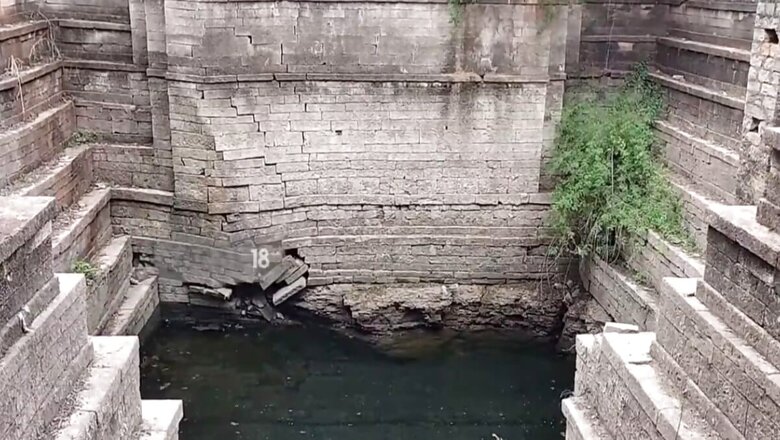
views
You have read or heard from your elders that there used to be wells in the past. These wells are created on the earth by digging, driving, or drilling to access water. These wells use mostly manual labour so they are inexpensive and low-tech. These are mainly constructed for drinking and irrigation. But now, due to advancement, wells are very rare sightings. But there are still a few places where people use these for irrigation. The wells provide a reliable and ample water supply for home uses, irrigation and industries. Mostly in water-scarce regions, people couldn’t survive without groundwater and used wells to get underground water.
In the same situation, a hundred-year-old well from a village in Andhra Pradesh has become a boon to farmers. This well was once the base of the town and people from the village used this water for their drinking. But now there are no people in the village. The villagers here have migrated to other villages. The main reason for this is that the village is located in a low-lying area and it gets waterlogged with little rain.
So, the well water is now used by the local farmers for irrigation of fields. This well water has become a boon to the local farmers and they have started using the water for cultivation. The rainfall in the country is seasonal and some crops require more water than what is provided by the rainfall. So, the local farmers have to depend on irrigation.
In this village, the farmers use this well for the cultivation of crops. They extract the water from the well with the help of electric motors. Farmers here said that this well is the only source of irrigation in their fields and without this well, there is no water for their lands.



















Comments
0 comment